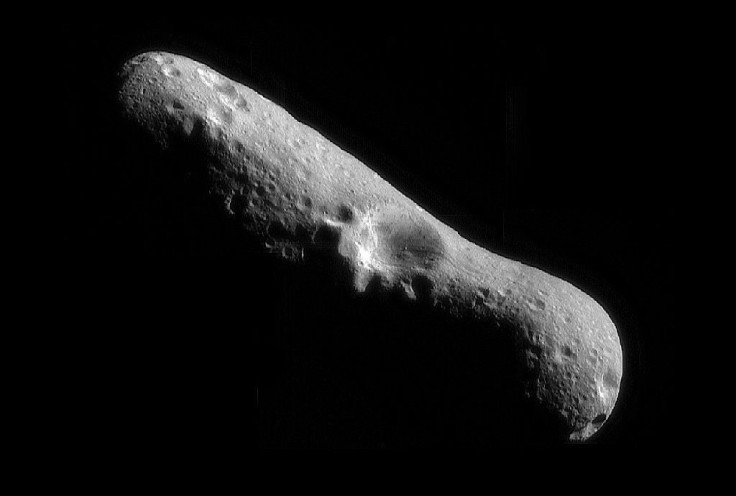NASA Asteroid Warning: It Could Hit Us Anytime, Here's How To Stop It

A decade from now, a large asteroid called Apophis is expected to fly by the Earth’s atmosphere. The asteroid can cause significant damage because of its size (stretching about 1,100 feet) and it is set to pass within 19,000 of our planet’s surface, but scientists believe there’s no cause for alarm.
But just in case a fluke happens and the asteroid’s trajectory changes and leads it straight to the planet, do we even stand a chance? NASA believes we have but it would be best if the space agency has enough time to actually prepare.
At the moment, there are no space rocks that pose any serious damage to Earth but that doesn’t mean that NASA is taking things easy. According to Space.com, the U.S. space agency is currently “designing missions” that involve working on “hypothetical threatening asteroid.”
These missions are part of the International Academy of Astronautics' Planetary Defense Conference that’s ongoing this month. The exercise created a scenario wherein scientists in March 2019 discovered a possible asteroid that could hit Earth by April 2027.
The scene that was created was fictional yet highly realistic and called on various experts to participate in brainstorming for solutions and discussing possible concerns. Those involved included scientists, engineers, emergency personnel and even policymakers.
Part of the discussion is what spacecraft will be used for two separate missions should the situation becomes a reality. First, is a spacecraft that will be used for reconnaissance to gather enough data needed to figure out what to do next. The other spacecraft, which scientists hope won’t be used, is for mitigation or direct action to avert any disastrous scenario.
What resulted from the conference is that a major part of planetary defense is to have a solid mitigation plan at the get-go. Decisionmakers in the conference concluded that as early as now, there should already be plans for mitigation missions even if these plans will be scrapped eventually. For them, the safety of the planet should come first and quick action is recommended.
Interestingly, the fictional reconnaissance mission also showed how quickly things could escalate. Based on the fictional scenario, a prompt data-gathering mission allowed scientists to conclude as early as December 2021 that the asteroid could directly hit Denver, Colorado.
By the end of the discussion, it was surmised that we roughly have five years to prepare and avert any disaster caused by an asteroid. Hopefully, our system is also sophisticated enough to detect possible celestial bodies to hit Earth earlier than that.
© Copyright IBTimes 2025. All rights reserved.





















